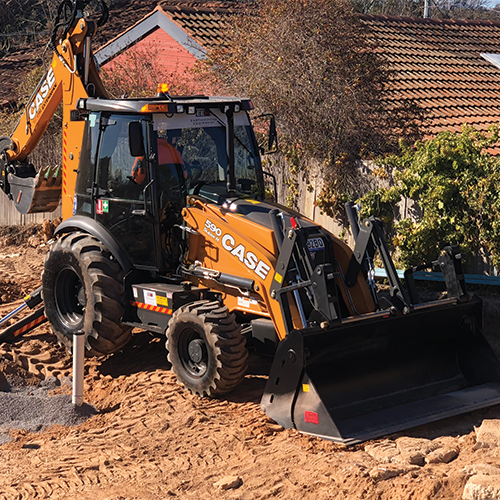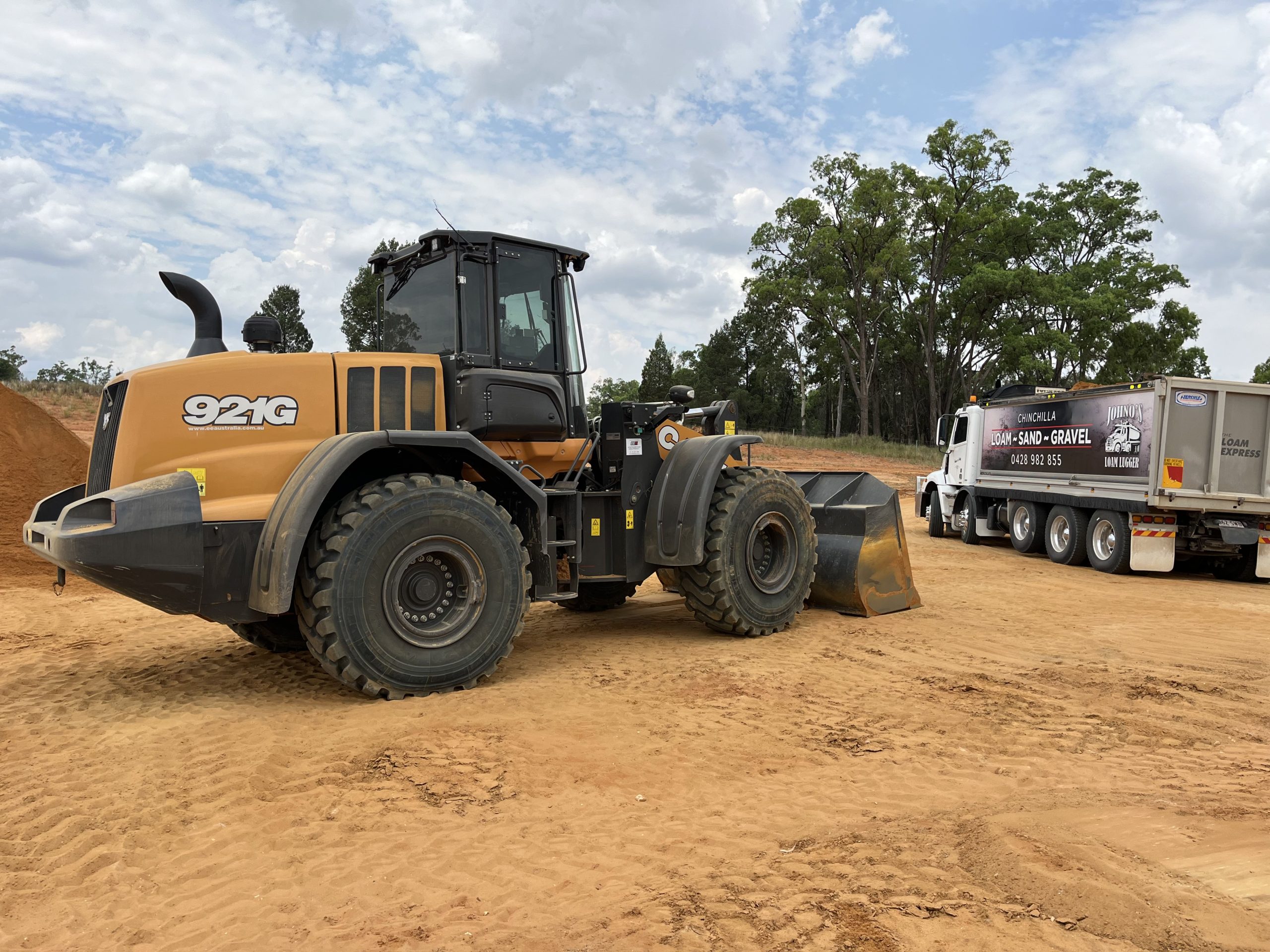
You may be familiar with backhoe loaders if you work in construction, mining or landscaping (among other industries). These versatile pieces of equipment are also known as diggers and can be found on all work sites around Australia. A backhoe loader performs various tasks, including digging, lifting and carrying heavy materials.
Not to be confused with a standard loader, the backhoe loader has attachments on both ends and performs multiple functions. A standard loader only has an attachment on the front of the machine. So, with that in mind, let’s look at all you need to know about backhoe loaders.
The components of a backhoe loader
A typical backhoe loader includes three major components. The tractor/cab is the main component, housing the engine and the operator’s cab. The wheels also form part of the tractor, with the rear wheels typically being larger than the front.
The second component is the loader, which is attached to the front. This bucket-style attachment is primarily used to lift and transport materials such as dirt, debris, and rocks. The loader can also be used for smoothing out uneven terrain.
Finally, we have the backhoe mounted to the rear of the vehicle. This is the machine’s digging arm, and not surprisingly, it is used most for digging. The extended reach of the digging arm makes it perfect for trenches or general excavating.
Different types of backhoe loaders
Backhoe loaders come in all different shapes and sizes depending on your needs. One of the significant differences between all backhoe loaders is their lifting capacity. However, you can choose three distinct types according to your project requirements.
- Standard: A standard backhoe loader is also known as a centre pivot loader. They’re very adaptable and have excellent stability for working on uneven terrain. The digging arm is fixed and can move from side to side from a centre pivot.
- Side-shift: The side-shift backhoe style features a digging arm that slides from side to side, allowing for more versatility.
- Mini: Mini backhoe loaders are a smaller version with lower lifting capacity. They’re favoured when space is limited, and the digging/excavation work is not as extensive.
All backhoe loaders have stabilisers on each side for working on uneven surfaces, but their function varies slightly between the standard and side-shift models.
Operational efficiency and fuel economy

Like most plant equipment, modern backhoe loaders are designed for greater fuel efficiency. The advancements in hydraulics and engines have considerably improved operational efficiency and fuel economy. Basically, this means you can do more work with lower fuel costs. When choosing a backhoe loader, this should be a big consideration. Older models are likely to chew through more fuel, making them less cost-effective in the long run.
Choosing the right attachments
We have already touched on the fact that backhoe loaders are very versatile machines. The main reason for this is the variety of attachments you can use. Some of the most common attachments include:
- Augers: These perform drilling tasks.
- Rock breakers: Typically used to break larger rocks or concrete structures into smaller amounts.
- Buckets: Buckets come in all sizes and lifting capacities. They’re used for transporting materials.
- Pallet forks: Used for lifting pallets, similar to a forklift.
This list is certainly not exhaustive, but they are the most common attachments you’ll usually find. Generally, more specific tasks with different attachments are performed with an excavator, so the digger and bucket (loader) are the two primary attachments used.
Safety considerations when operating a backhoe loader
When dealing with any heavy equipment, safety is always a priority. Most modern backhoe loaders have safety features that simplify an operator’s life. However, there are still a few general safety tips that everybody should follow.
- Always wear appropriate safety equipment.
- Operators should be trained and experienced.
- Conduct regular machine maintenance and safety checks.
- Maintain a safe distance from the loader during operation.
Daily safety checks are always recommended regardless of the type of heavy machinery you use. Ensure the safety basics are covered before every use because this also helps prolong the machine’s working life.
Backhoe loader maintenance
Speaking of maintenance, looking after your machinery is the key to a long working life. Typical maintenance includes regularly checking hydraulic performance, cleaning filters, engine servicing and inspecting attachments. All machines suffer from wear and tear, so a regular maintenance schedule is the best way to ensure everything runs smoothly. It also helps to identify issues early and avoid them turning into more costly repairs in future.
Need reliable, durable backhoe loaders?
Earthmoving Equipment Australia is your first choice for backhoe loader hire and sales throughout Australia. We’ve got a comprehensive range of machinery suitable for all job types. No matter your project, we can provide the heavy machinery and attachments. Contact us today to find out more.

